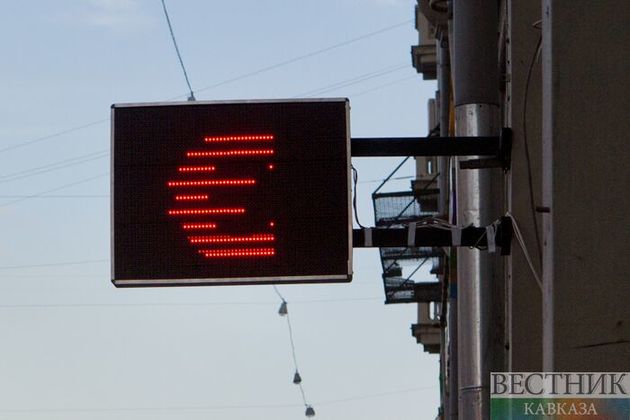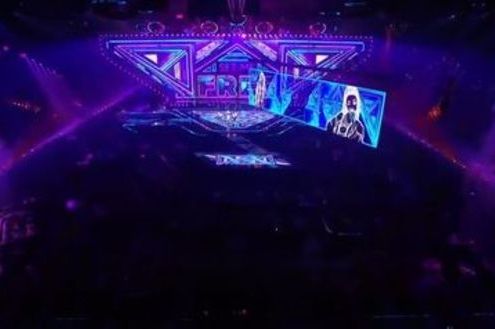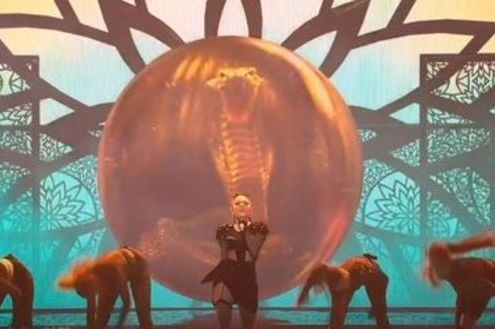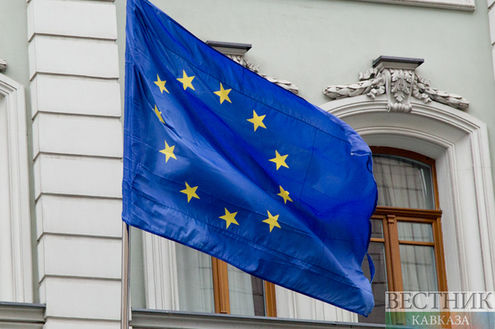The euro exchange rate exceeded 90 rubles for the first time since February of 2016, according to the trading data on the Moscow Exchange.
At 13:02 (Moscow time), the rate of the European currency rose by 78 kopecks, reaching 90.1 rubles. In turn, the dollar rate at 13:11 (Moscow time) increased by 0.9% to the level of 76.11 rubles.
Earlier today, the cost of November futures for Brent fell to $41.94 per barrel (-1.69%), and WTI - to $39.04 per barrel (-1.84%).
As Alexander Abramov, professor of the department of stock and investment markets at the Higher School of Economics, noted in an interview with Vestnik Kavkaza, the current fall of the ruble against the euro, as well as against the dollar, is based on the reduction in Russian trade volumes.
"Low gas prices and moderate oil prices led to the fact that Russia's trade turnover in January-August fell by 16%; the country receives about 15-20% less foreign exchange earnings from commodity transactions. This reduces budget revenues. Since mid-July, the Ministry of Finance has significantly reduced the sale of foreign currency to finance its expenses, although with low oil and gas prices it had to support the foreign exchange market at the expense of the National Wealth Fund, which also influenced the growth of the euro and the dollar," he explained.






